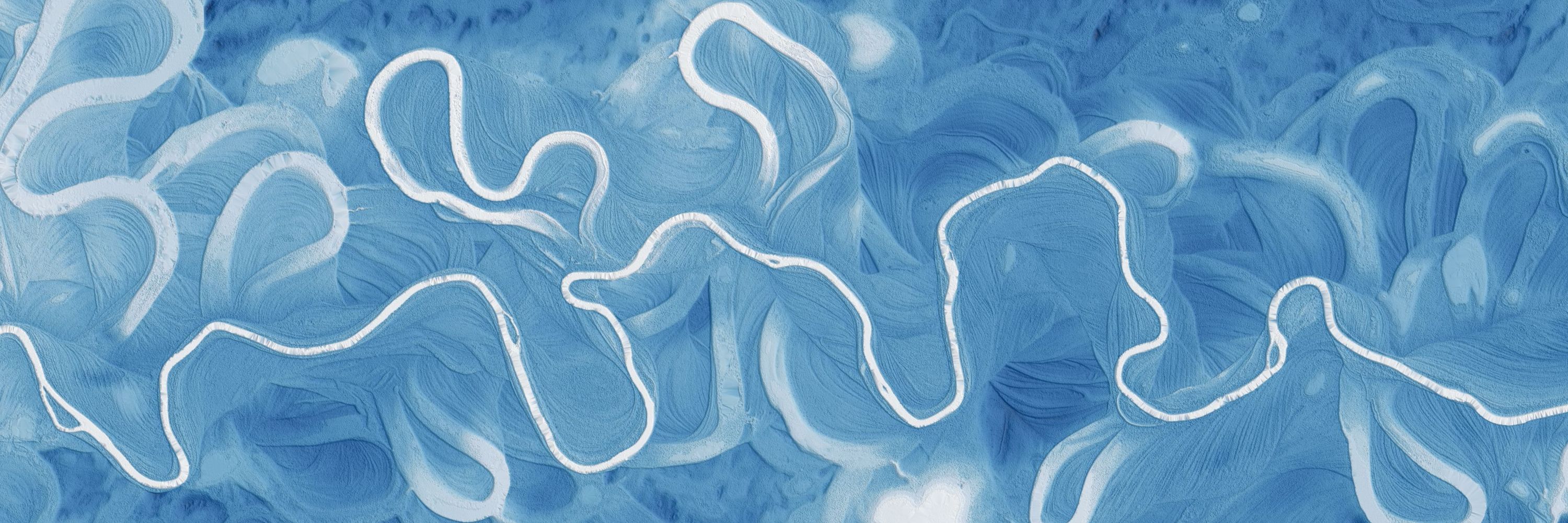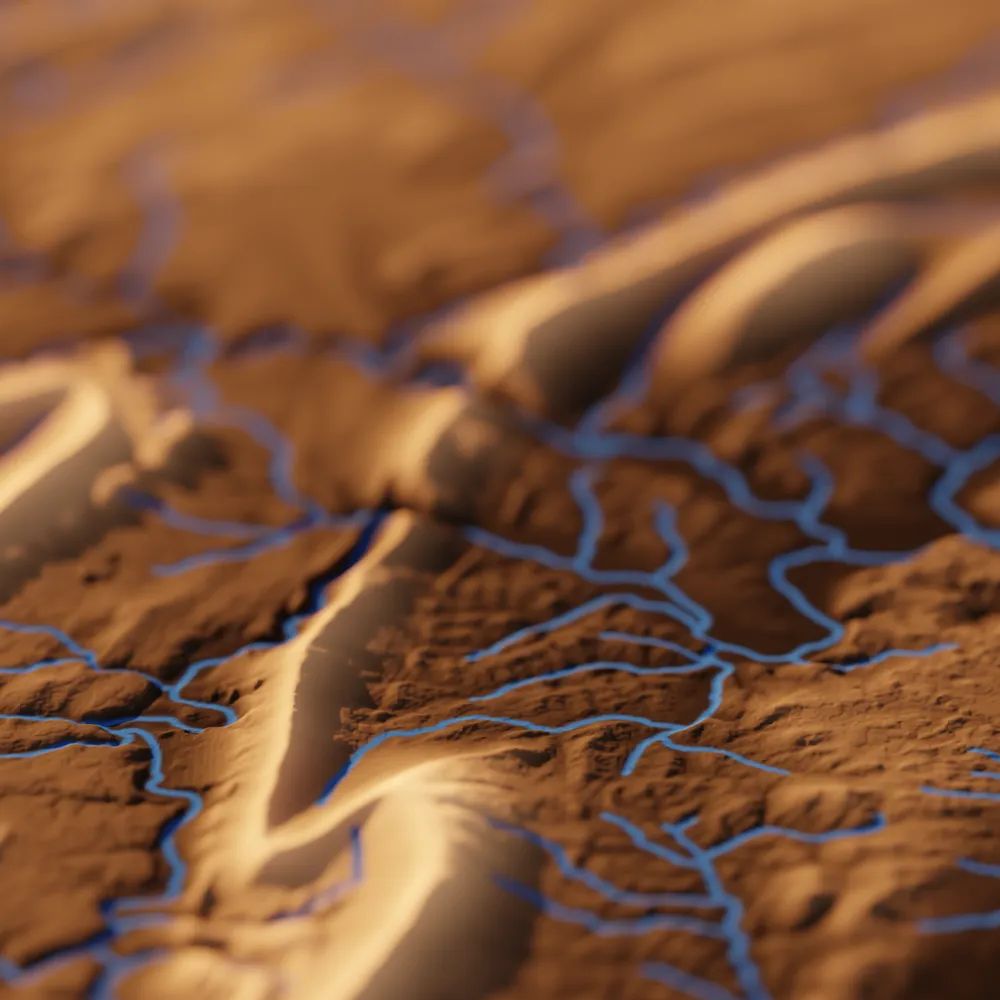OpenTopography
@opentopography.org
540 followers
140 following
66 posts
Open access to high-resolution, Earth science-oriented topography data, and related tools & resources. US National Science Foundation supported. #lidar https://www.opentopography.org
Posts
Media
Videos
Starter Packs
Reposted by OpenTopography
Reposted by OpenTopography
Reposted by OpenTopography
OpenTopography
@opentopography.org
· Aug 18
Reposted by OpenTopography
OpenTopography
@opentopography.org
· Aug 6
OpenTopography
@opentopography.org
· Aug 4

























